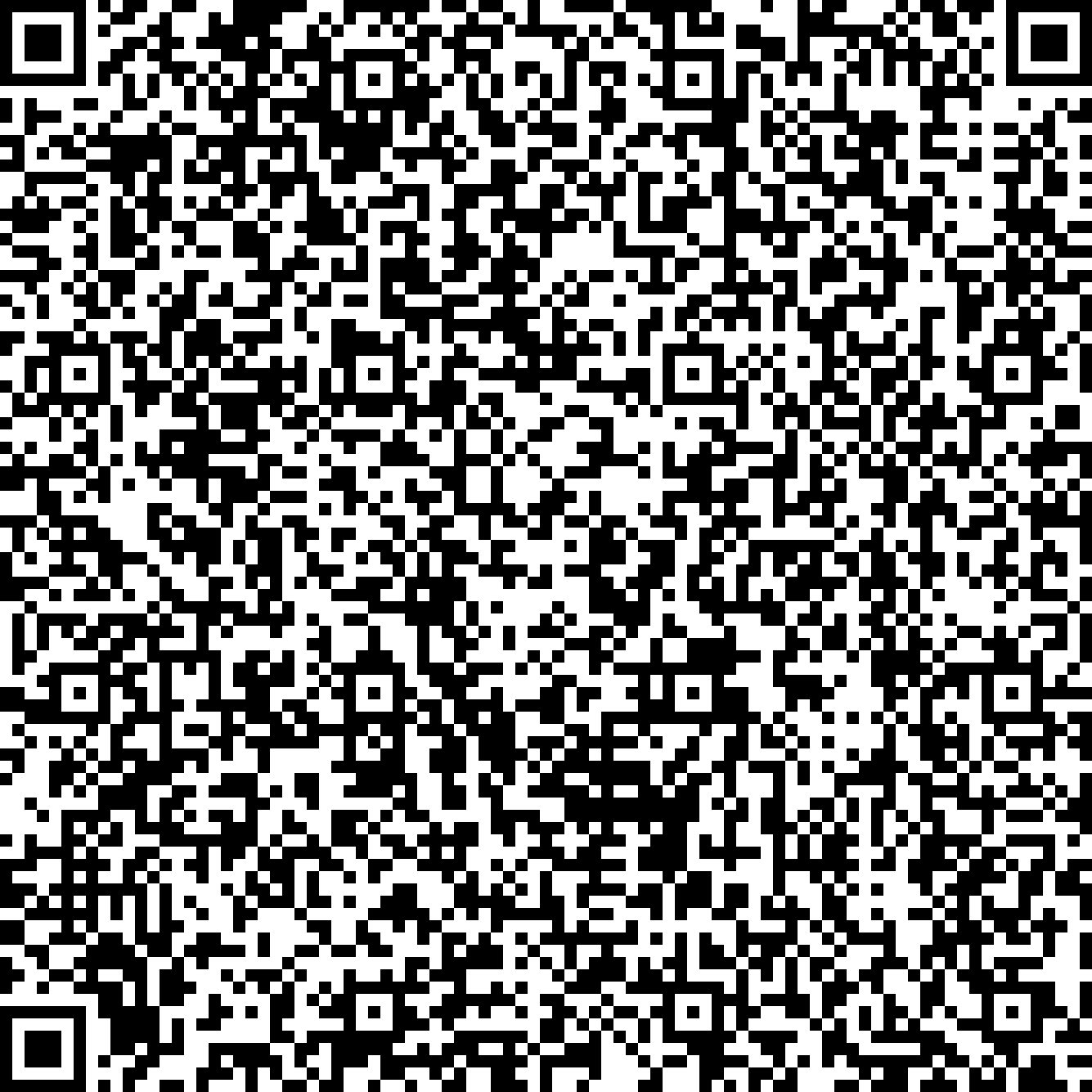

Following a brief presentation of the Grenoble University Space Center and its current cubesat missions, we will discuss one project in detail. This mission, baptized “NanoBob” and carried out in close collaboration with the Vienna Institute for Quantum Optics and Quantum Communication, wants to demonstrate a free-space full quantum communication uplink between a ground station and a 12U form factor (~10 kg) nanosatellite. Quantum communication is a strategic scientific domain that is expected to lead in the near future to the preferred method to transmit encrypted data by exchanging single photons between two stations. The photons are generated in highly correlated, entangled pairs with the information coded into their polarization state. The properties of an individual photon cannot be measured without impacting its state, making the exchange immune to eavesdropping. This allows for the sharing of a provably secure cryptographic key between two parties, called Alice (sender) and Bob (receiver). Importantly, eavesdropping by a third party (Eve) can be detected by Alice and Bob. On Earth, transmission is limited to distances of a few hundred km. Going to space enables increasing this distance, eventually enabling fully secure communication on a global scale, and investigating fundamental physical phenomena such as the interaction between entangled photons and the gravitational field.


Following a brief presentation of the Grenoble University Space Center and its current cubesat missions, we will discuss one project in detail. This mission, baptized “NanoBob” and carried out in close collaboration with the Vienna Institute for Quantum Optics and Quantum Communication, wants to demonstrate a free-space full quantum communication uplink between a ground station and a 12U form factor (~10 kg) nanosatellite. Quantum communication is a strategic scientific domain that is expected to lead in the near future to the preferred method to transmit encrypted data by exchanging single photons between two stations. The photons are generated in highly correlated, entangled pairs with the information coded into their polarization state. The properties of an individual photon cannot be measured without impacting its state, making the exchange immune to eavesdropping. This allows for the sharing of a provably secure cryptographic key between two parties, called Alice (sender) and Bob (receiver). Importantly, eavesdropping by a third party (Eve) can be detected by Alice and Bob. On Earth, transmission is limited to distances of a few hundred km. Going to space enables increasing this distance, eventually enabling fully secure communication on a global scale, and investigating fundamental physical phenomena such as the interaction between entangled photons and the gravitational field.